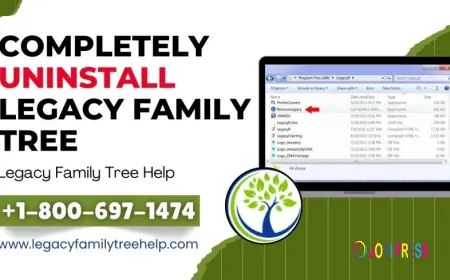Why Pinterest Accounts Are a Target for Hackers
Many people assume that platforms like Facebook or Instagram are the only ones at risk of hacking, but Pinterest is just as vulnerable. Hackers target Pinterest for several reasons:
-
Access to high-performing accounts for promoting phishing links or selling products illegally
-
Stealing followers to create fake authority for other accounts
-
Disrupting brand reputation by posting offensive or irrelevant content
-
Gaining admin access to group boards for spamming
-
Accessing linked email addresses or third-party apps for broader attacks
Whether you're a blogger, a small business owner, or a content creator, your Pinterest account holds real value—and that makes it a target.
1. Use a Strong, Unique Password
The first and most important step to protect your account from hackers is securing it with a strong and unique password. Avoid easy-to-guess passwords like “pinterest123” or using the same password across multiple platforms.
Tips for a secure password:
-
Use a combination of uppercase and lowercase letters, numbers, and symbols
-
Make it at least 12 characters long
-
Avoid using personal information (name, birthdate, etc.)
-
Consider using a password manager to store and generate secure passwords
Changing your password every 3–6 months is also a smart move, especially if you notice any suspicious activity.
2. Enable Two-Factor Authentication (2FA)
Two-factor authentication (2FA) is one of the most effective tools to protect your Pinterest account from hackers. Even if someone manages to steal your password, they won’t be able to access your account without the second layer of verification.
How to enable 2FA:
-
Log in to Pinterest and go to Settings > Security
-
Click on Two-factor authentication
-
Add your phone number and verify it
-
Each time you log in from a new device, Pinterest will send a verification code to your phone
This simple step can block most unauthorized login attempts instantly.
3. Monitor Login Activity
Pinterest allows you to monitor devices that have logged into your account. If you see a device or location that you don’t recognize, act quickly.
To check login activity:
-
Go to Settings > Security > Devices
-
Review the list of active sessions
-
If you see anything unusual, click Log out of all devices and change your password immediately
This step is essential if you suspect someone has already accessed your account.
4. Watch for Phishing Scams
Hackers often use phishing emails or fake login pages to trick users into revealing their credentials. These messages may claim your account is at risk, or that you've won a prize, and ask you to click a suspicious link.
How to avoid phishing attacks:
-
Never click on links from suspicious or unknown emails
-
Verify the sender's email address (official Pinterest emails come from @pinterest.com)
-
Access your Pinterest account only through the official app or website
-
Use browser extensions that flag malicious websites
Protect your account from hackers by staying alert to these deceptive tactics.
5. Revoke Access to Suspicious Third-Party Apps
Pinterest allows certain apps and tools to connect to your account. While many are legitimate (like Tailwind or Canva), others can pose serious security risks.
To manage app permissions:
-
Go to Settings > Apps
-
Review the list of apps connected to your account
-
Revoke access to any unfamiliar or outdated apps
Only connect your Pinterest to trusted, secure third-party tools.
6. Back Up Your Pins and Boards
If your account is ever compromised or suspended, it’s important to have a backup of your content. Periodically save your pins, board descriptions, and analytics in a secure location.
While Pinterest doesn’t offer a one-click export, you can manually:
-
Screenshot your boards and pin layouts
-
Save analytics reports for traffic and engagement
-
Keep records of top-performing URLs and pin links
This ensures that even if something happens, you don’t lose valuable data or strategy.
7. Educate Collaborators and Team Members
If you run a group board or business account with multiple users, make sure everyone involved follows the same safety practices. A single weak link can compromise the entire account.
Best practices for teams:
-
Use separate logins with Pinterest Business Hub if possible
-
Require team members to enable 2FA
-
Educate collaborators about phishing threats and login protocols
Security should be a shared responsibility
8. Stay Updated on Pinterest’s Security Features
Pinterest regularly updates its platform with new tools and protections. Follow their official blog or help center to stay in the loop. New features like account recovery tools or spam detection filters can provide extra layers of protection.
Taking a proactive approach is key to protecting your Pinterest account from hackers in the long run.
Final Thoughts
Your Pinterest account is more than just a collection of images—it's a business asset, a traffic source, and a representation of your brand. Don't wait until it's too late.
By using strong passwords, enabling two-factor authentication, staying vigilant against phishing scams, and monitoring activity regularly, you can protect your account from hackers and continue growing your Pinterest presence with confidence.
Secure your Pinterest today—because protecting your account is protecting your future.
What's Your Reaction?
 Like
0
Like
0
 Dislike
0
Dislike
0
 Love
0
Love
0
 Funny
0
Funny
0
 Angry
0
Angry
0
 Sad
0
Sad
0
 Wow
0
Wow
0

















































